9 longest-living houseplants – expert recommendations and tips for species that can live over 10 years
Invest in these houseplants now for years of luscious foliage in your home
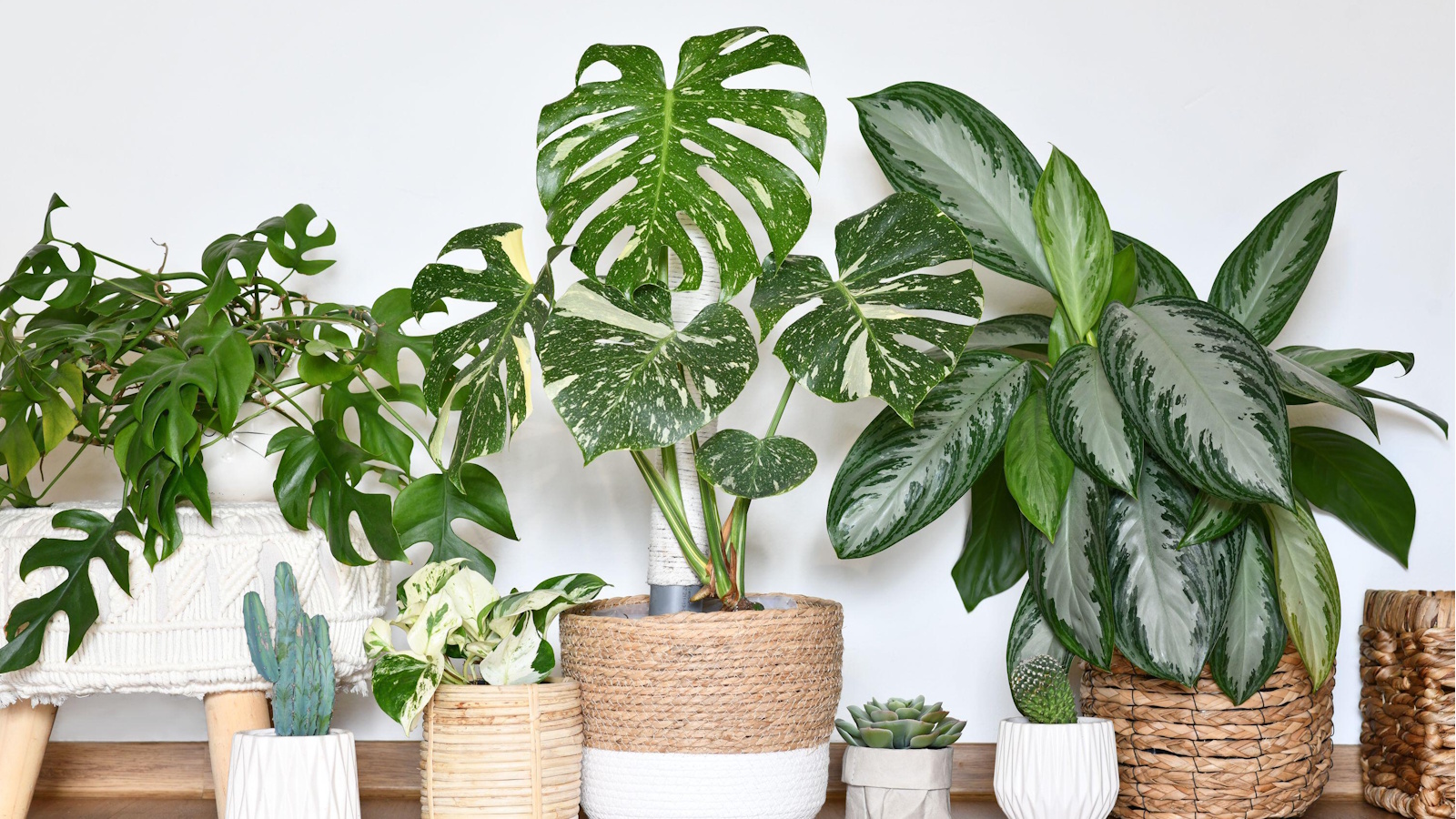

When you make houseplants your hobby, you end up spending a lot of money on unique varieties. These plants become investment pieces, so it makes sense to want them to last for a long time. For this reason, you might consider opting for the longest-living houseplants for one-time purchases to green up your interiors.
While it's true that you can get the majority of the best indoor plants to thrive for many years, there are some that are more reliable than others. In fact, with the right care, many houseplants can last for as long as 10 years or more.
I have quite a few of the longest-living houseplants in my collection, and have already watched them thrive for multiple years. A lot of them are really easy to propagate, too, so if you want to grow your indoor jungle for free, you can.
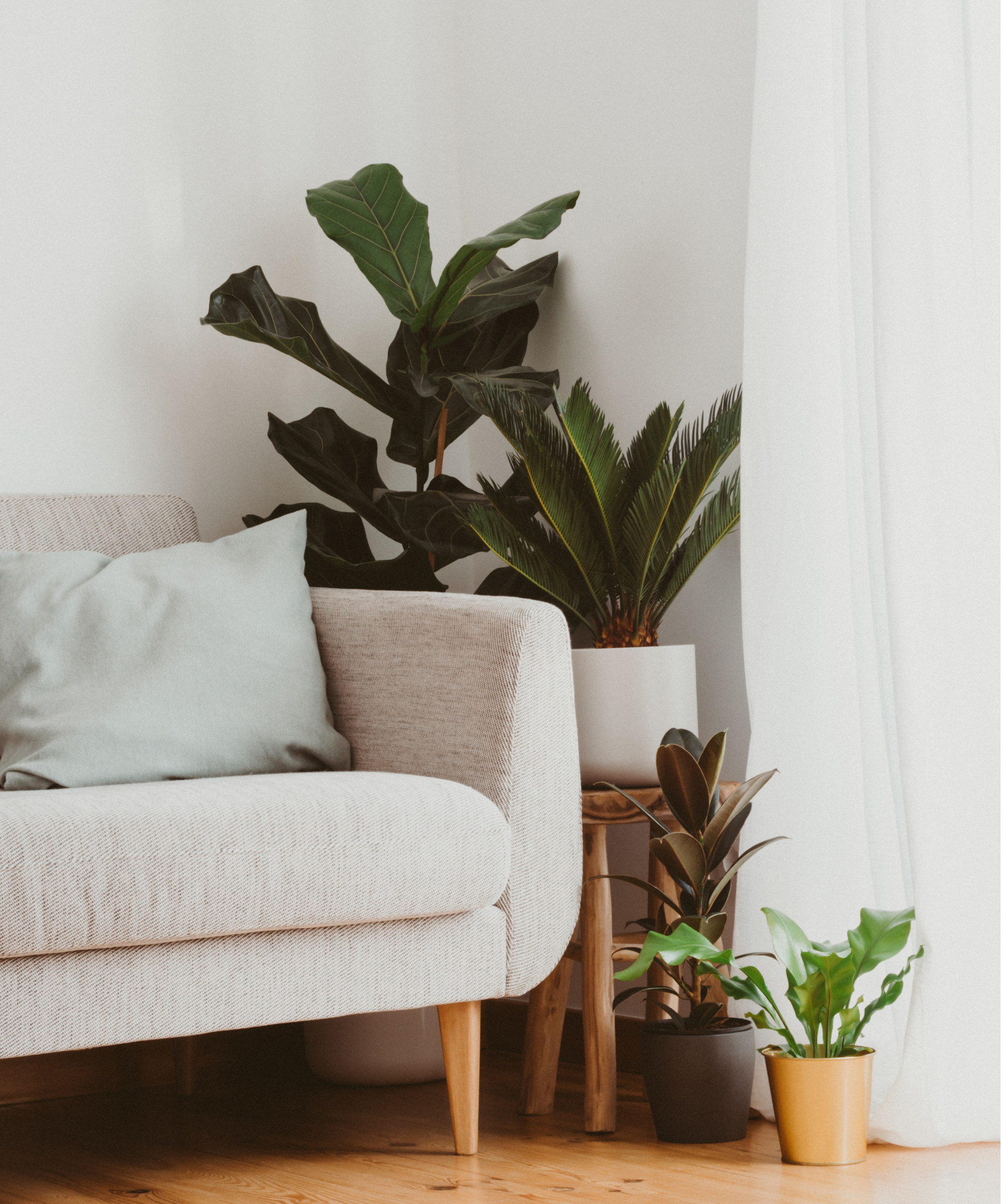
9 of the longest-living houseplants
To help houseplants live longer, it's imperative to avoid common indoor plant mistakes. Watering too much or growing your houseplant in the wrong lighting can quickly lead to their downfall, even if they're considered to be one of the longest-living houseplants.
1. Monstera deliciosa
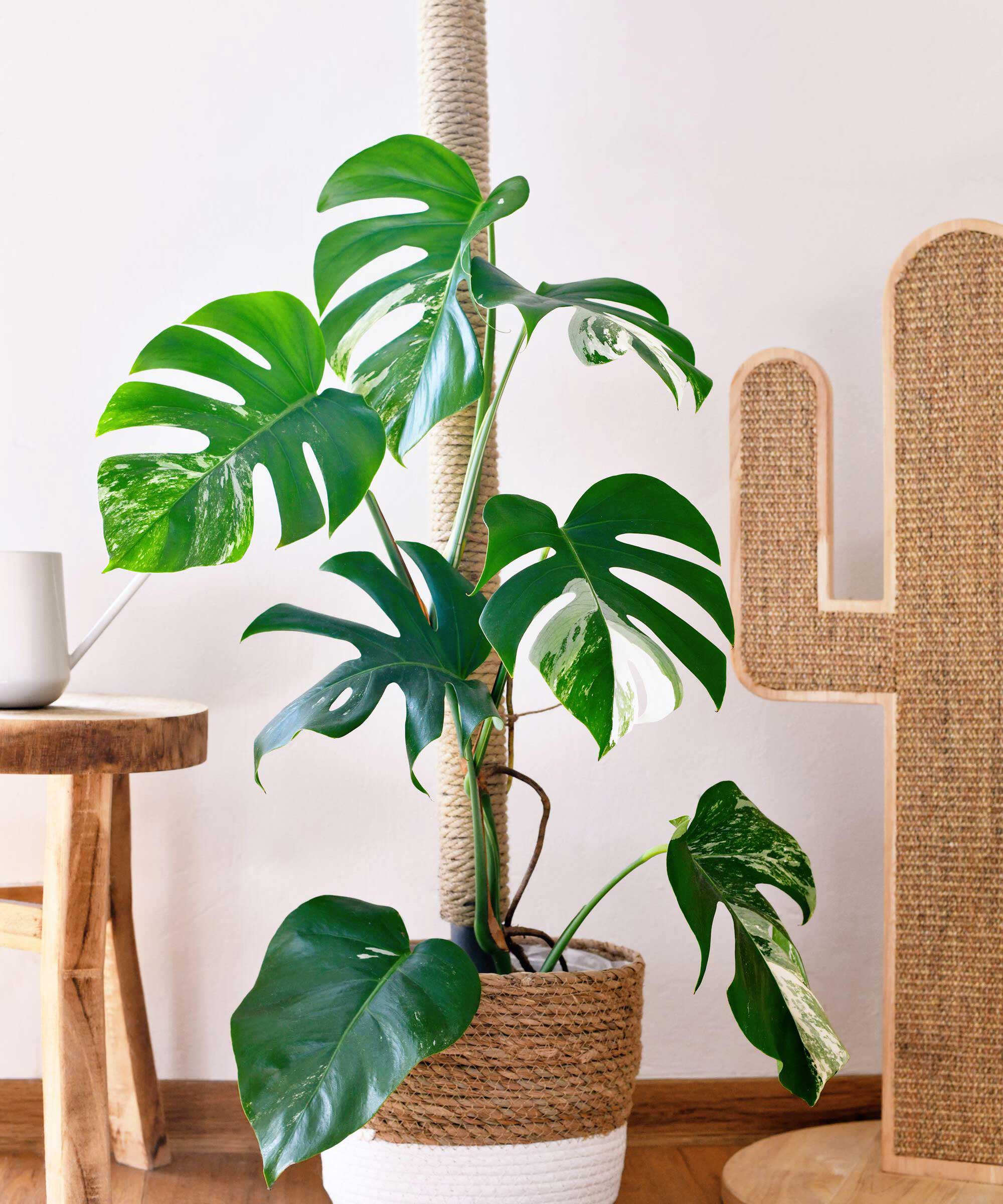
My Monstera deliciosa is one of my most prized possessions. I've only had it for a few years, but it has already doubled in size and continues to push out new leaves each spring and summer.
Reaching an ultimate height of four to eight meters and spread of around two meters, these statement houseplants can live for multiple decades - even as long as 50 years.
They're ideal for giving you an instant urban jungle-feel in your home, too, and by caring for a monstera correctly, you can grow a canopy in your living room.
'Monsteras are easy plants to keep alive if you give them good light and keep them evenly moist,' says Lisa Eldred Steinkopf, houseplant expert at The Houseplant Guru. 'Not standing in water, but not completely dried out, either,' she adds.
Make sure to also train an overgrown monstera as it gets bigger, otherwise they can become a little unmanageable. This moss pole from Amazon is an essential for this.
Monstera deliciosa is available at The Sill.

Lisa is a houseplant expert who runs her blog The Houseplant Guru with over a decade of professional experience at Steinkopf Nursery and Garden Center in Michigan. As a child, Lisa helped her grandma tend to African violets and other houseplants. Since then, Lisa has forged a career providing houseplant advice, holding lectures and writing for publications across the US.
2. Tradescantia 'Nanouk'
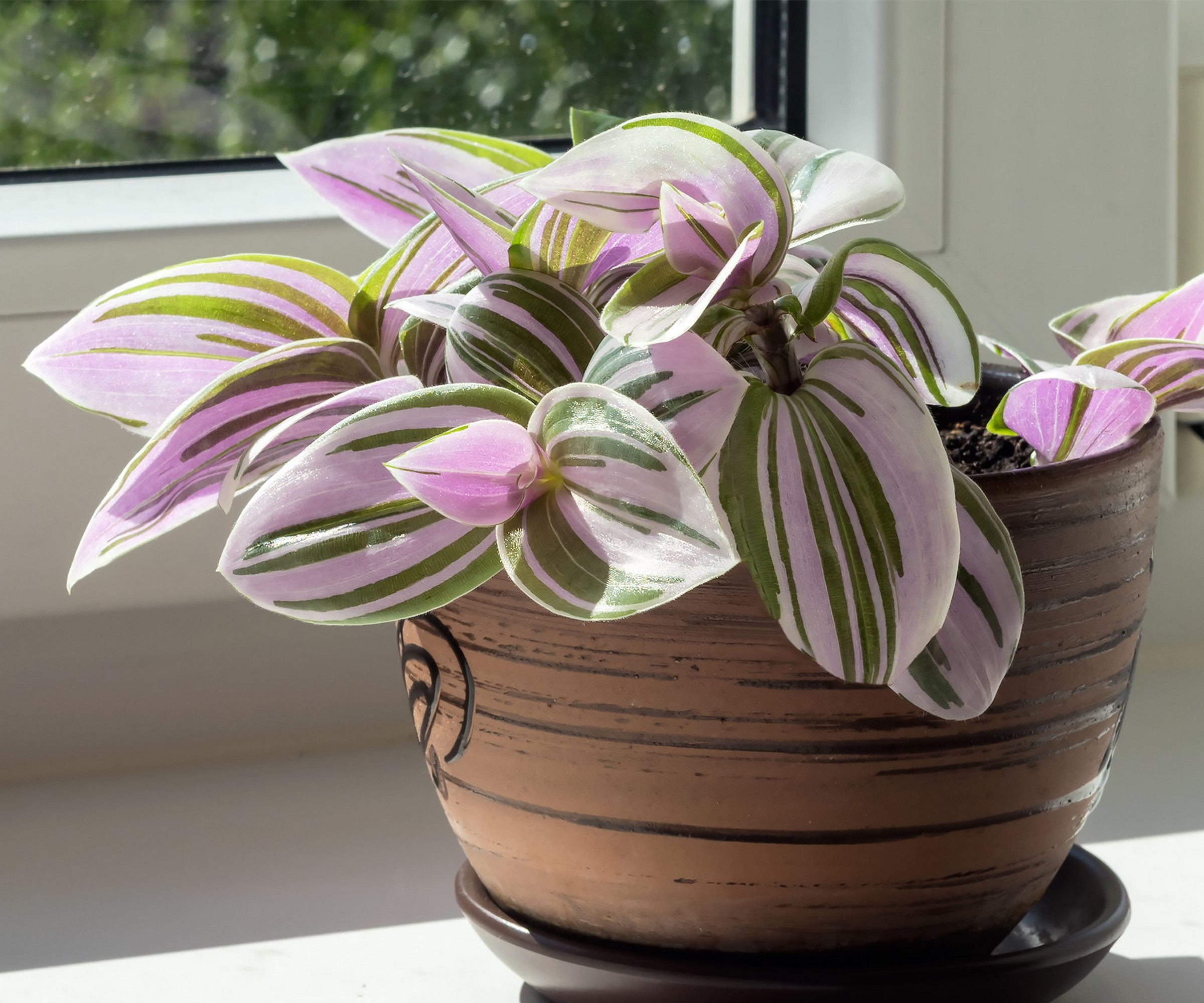
There are so many pink houseplants to choose from, but popular choices like polka-dot plant and pink African violets don't always last so long because of the difficulty in maintaining a consistent, specific growing environment for them.
An alternative, easy indoor plant is tradescantia 'Nanouk.' It boasts magenta foliage, making it one of the best variegated indoor plants. Plus, it grows at an exceptionally fast rate.
To grow tradescantia to make it last longer, choose a bright position and take care not to overwater. Too much moisture can cause leaves to go brown which often leads to many plant parents only successfully growing 'Nanouk' for a few years.
However, tradescantia is one of the easiest houseplants to grow from cuttings, offering another way to extend its life by growing brand new plants.
In fact, I have propagated tradescantia plants in as little as a few weeks from cuttings - all you need is houseplant snips (from Amazon) and some nutrient-rich, well-draining potting soil. You can even do this in a glass of water, and watch white roots quickly develop.
Find tradescantia 'Nanouk' at Walmart.
3. Chinese evergreen
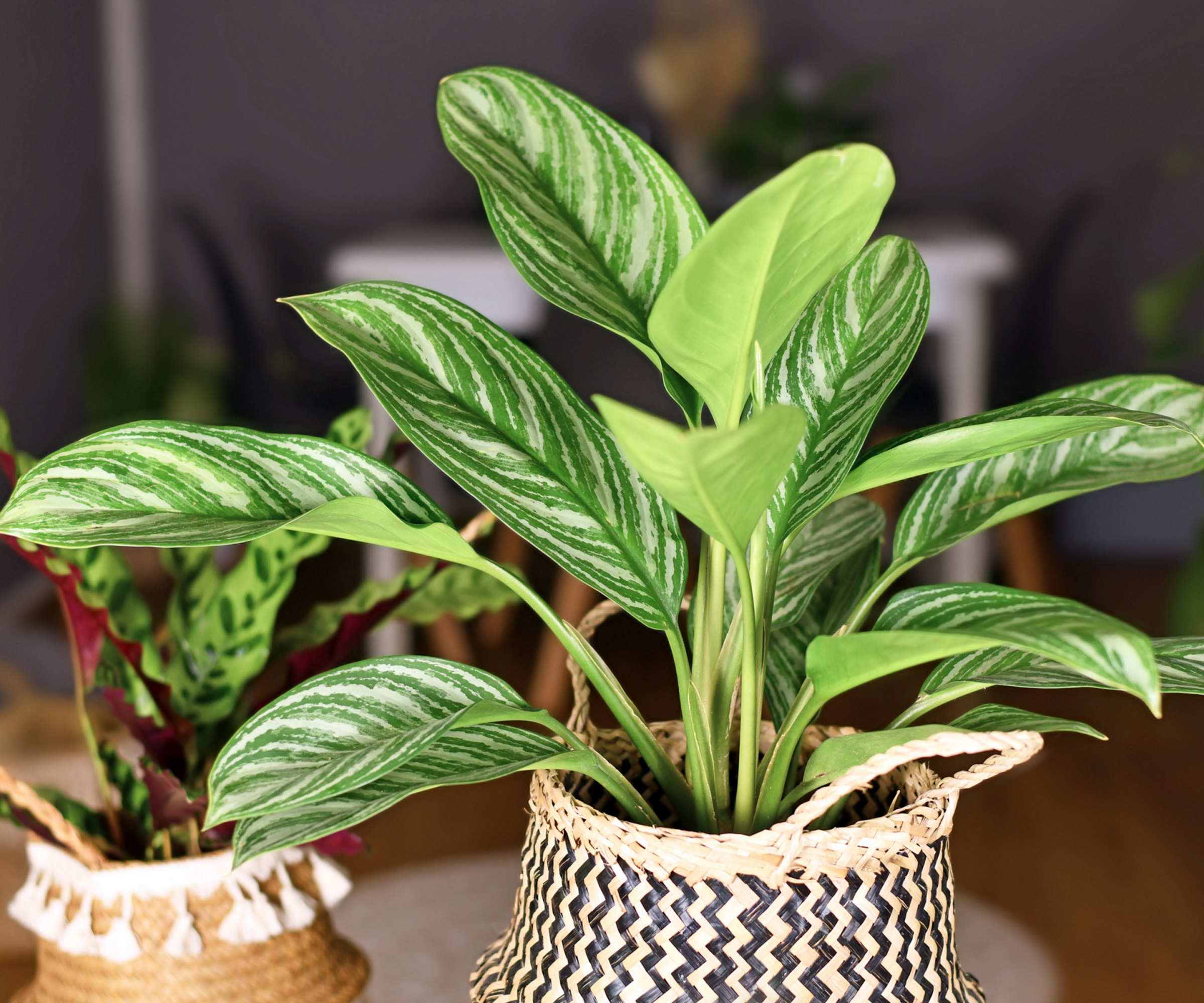
My Chinese evergreen is one of my favorite leafy plants. I have the variety 'Jubilee' which has large leaves with two tones of green, but there are lots of types to choose from - some are even a unique pink hue, like this Aglaonema Wishes from The Sill.
Besides living for more than a decade, there are quite a few reasons to choose Chinese evergreens. They're indoor low-light plants, tolerating shadier spots of the home, and they can survive periods of drought.
However, if you spot your Chinese evergreen turning yellow, it's a sign that it probably needs repotting. In my experience, you will need to give it a bigger container every couple of years.
Chinese evergreen care is pretty straightforward, however, so it's easy to have these plants in your home for many years.
4. Snake plant
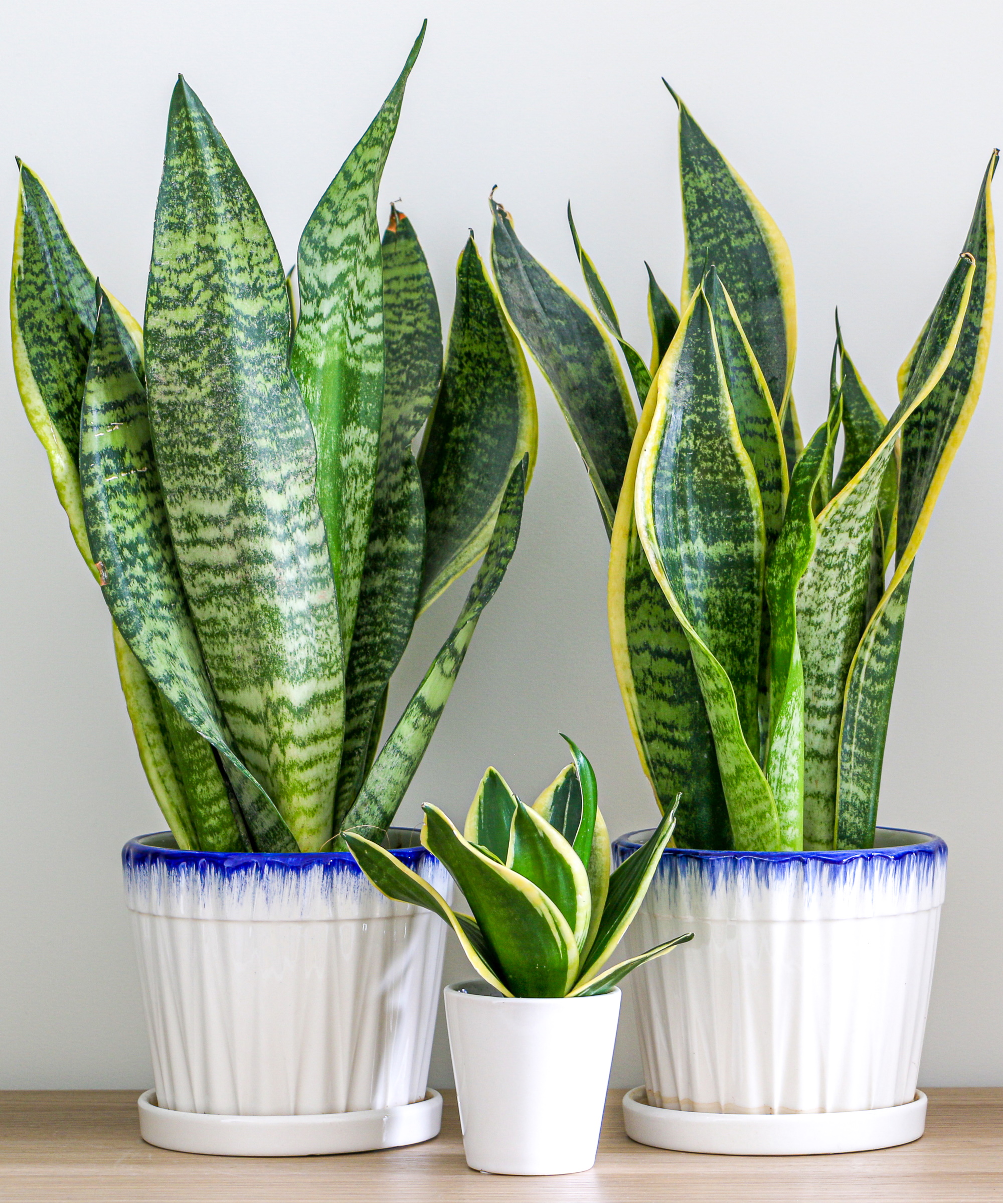
Snake plants are some of the most popular houseplants, and it's easy to see why. They're on the list of air-cleaning indoor plants, adapt to a wide range of environments, and tolerate some neglect, thriving for up to 25 years in some cases.
In their natural desert habitat, snake plants grow as tall as two meters. As houseplants, it's more common for them to reach around one meter in height, or you can opt for mini varieties - like this mini snake plant collection from Walmart.
Care for a snake plant by placing it somewhere bright and humid, like a bathroom. However, they will grow just as well in drier environments.
If you do spot your snake plant dying, it's likely due to common snake plant problems - like overwatering causing houseplant root rot.
Use this soil moisture meter from Amazon to keep track of when to water your snake plant, only topping it up when its soil has dried out entirely.
5. Spider plant
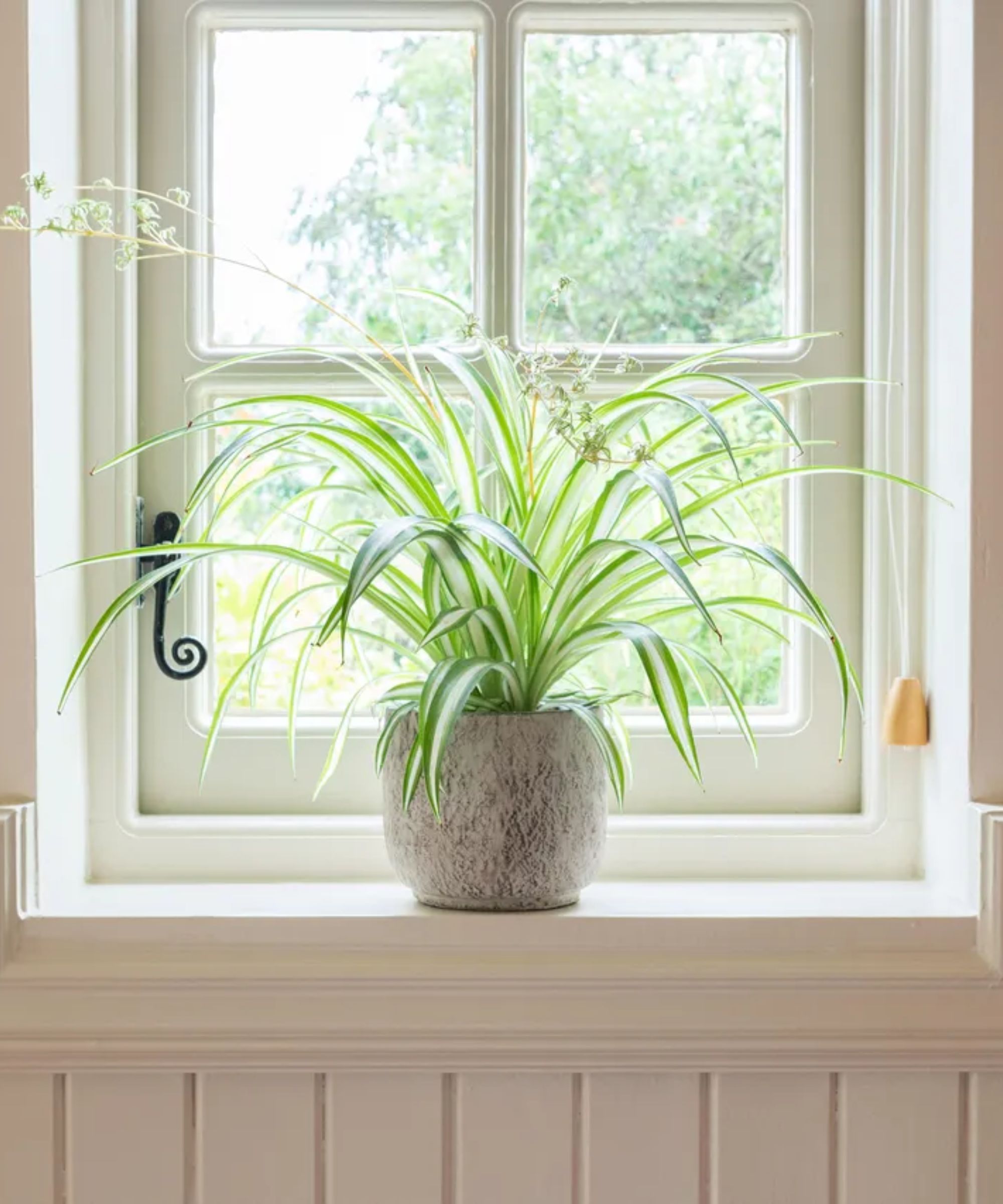
You may find it surprising to see spider plants on this list of longest-living houseplants because they have a tendency to crisp up from a lack of water, and they can become pot-bound easily.
However, if you keep on top of spider plant care, you can keep the best spider plant varieties going for over a decade. Some types of spider plant can even live as long as 50 years.
'It is common for spider plants to go brown on the tips, but you can remove these by trimming with scissors (from Walmart),' says Alex Kantor, owner of Perfect Plants Nursery.
Just like tradescantia, it's easy to propagate spider plants - another way to extend their lifespan. You do this by taking cuttings of spiderettes and rooting them in soil or water.
Alternatively, grow a hanging spider plant by allowing its spiderettes to get bigger and bigger.
Variegated spider plants are available at The Sill.

Alex has worked in the horticultural industry for over 20 years and grew up on the farm since his childhood years. Alex is an expert on landscape trees, shrubs, and indoor plants. He is passionate about growing and helping others learn the trade.
6. Ivy
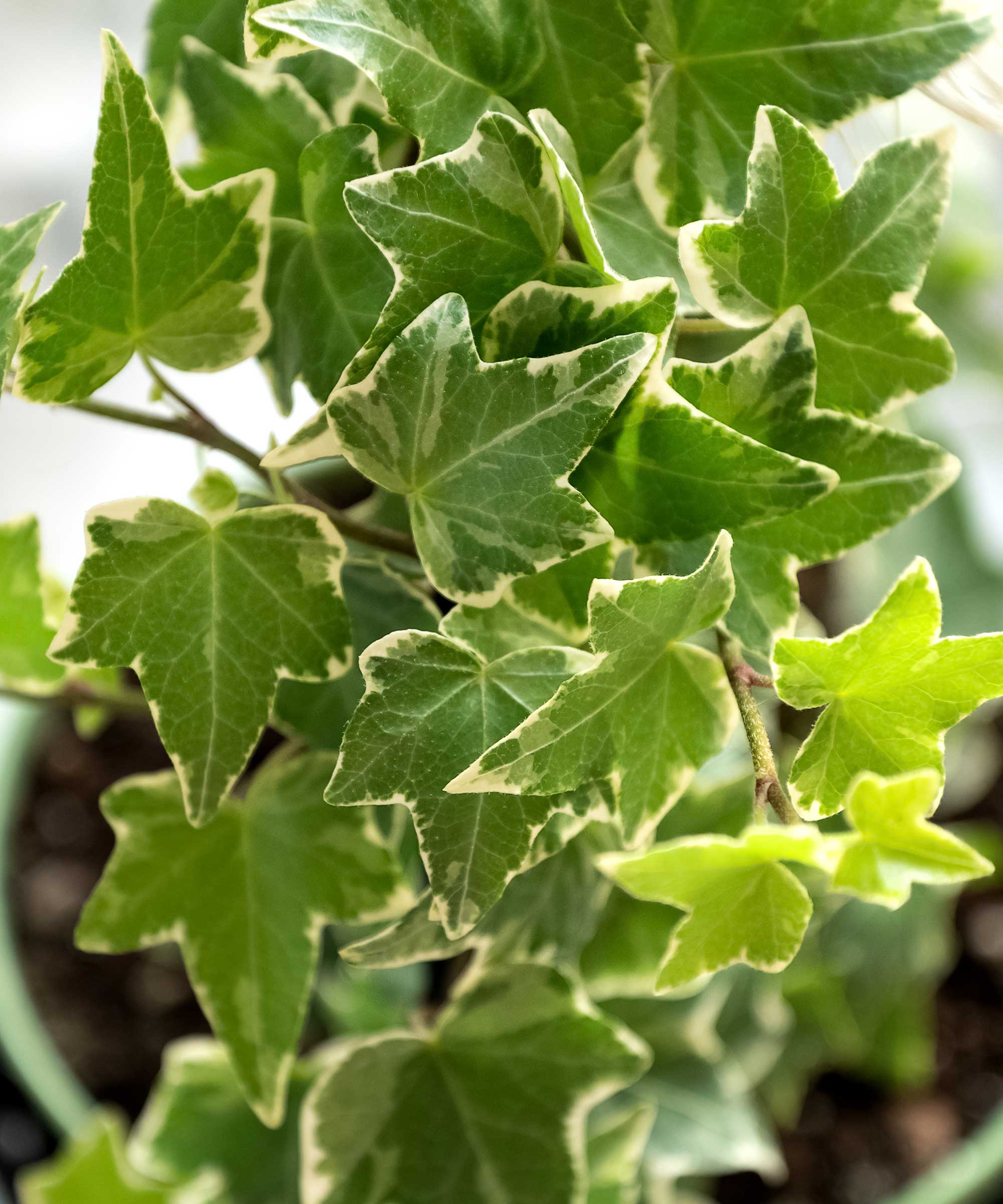
For an indoor hanging plant that lasts a very long time, try growing and caring for ivy as a houseplant. Surprisingly, they can live for well over 10 years, and some mature plants even survive for hundreds of years.
This is a classic choice for a cascading houseplant, and if growing in the right place, it will just keep getting longer.
While ivy does prefer a brighter position, it will still be happy in a shadier spot of the home. However, the more light it gets, the faster it will grow.
You can manage it easily by pruning ivy. I simply use scissors to cut my ivy back, always trimming above a leaf node to encourage new growth.
What's more, you can propagate ivy cuttings in water to grow more of these plants. It takes as little as a couple of weeks for roots to appear.
This English ivy plant from Walmart has the classic variegation pictured above.
7. Rubber plant
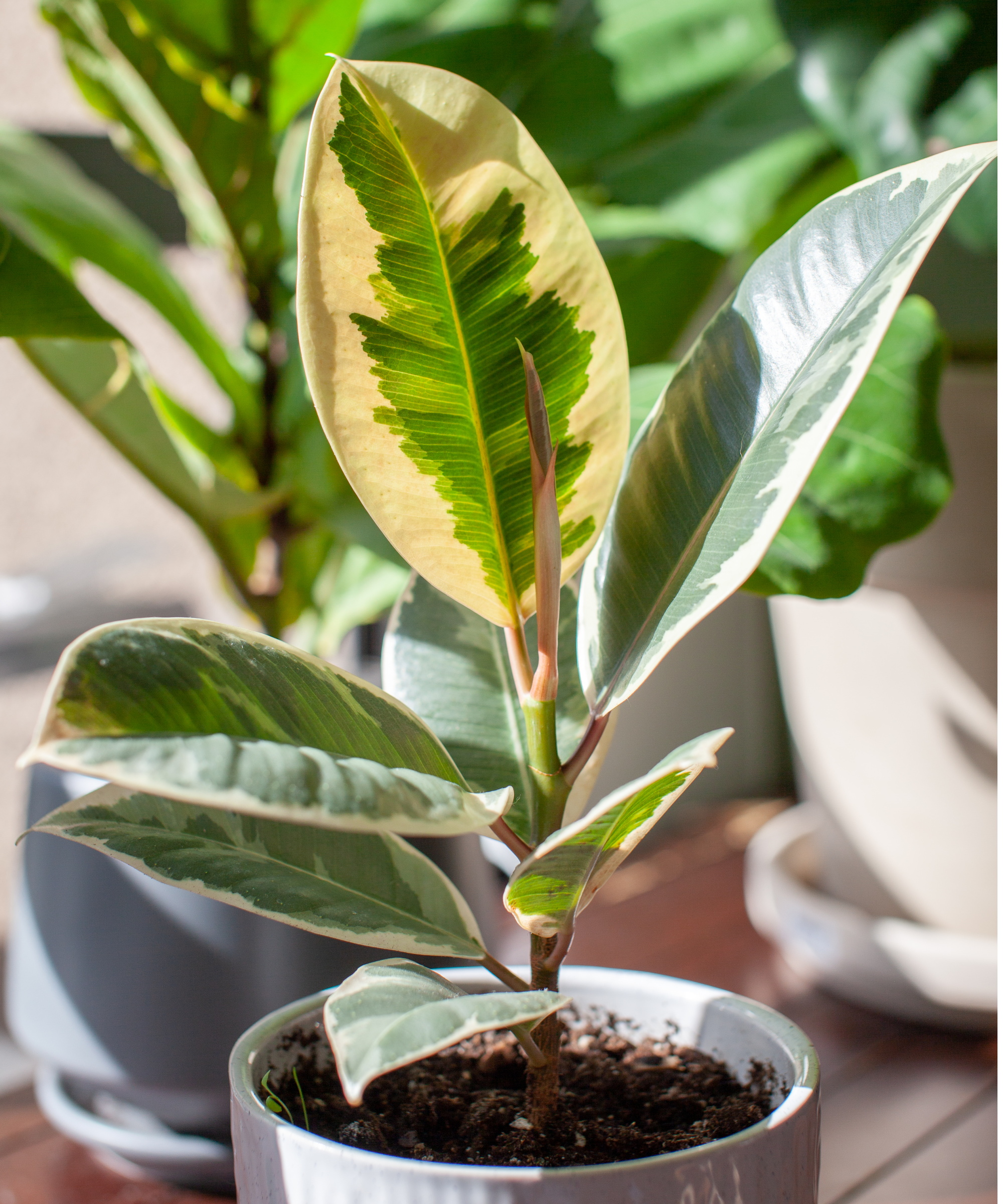
It's typical for a rubber plant to last for 10-15 years as a houseplant, thanks to its low-maintenance indoor plant nature. The rule with these plants is to leave them where they are once they're happy.
'They don’t like to be moved a lot,' Lisa Eldred Steinkopf notes. 'Also, be careful with watering. They will develop yellowing leaves if they are too wet or too dry,' she notes.
Discoloring leaves can also result in a rubber plant dropping leaves, so take care to only water when the top few inches are dry to touch.
I also like to care for my rubber plant by cleaning houseplant leaves of dust. I use houseplant dusting gloves to do this (like these houseplant dusting gloves from Amazon), leaving the iconic rubber-like foliage of these plants looking shiny.
Variegated rubber plants (from The Sill) are extra special for their creamy, pink and green leaves.
8. Aloe vera
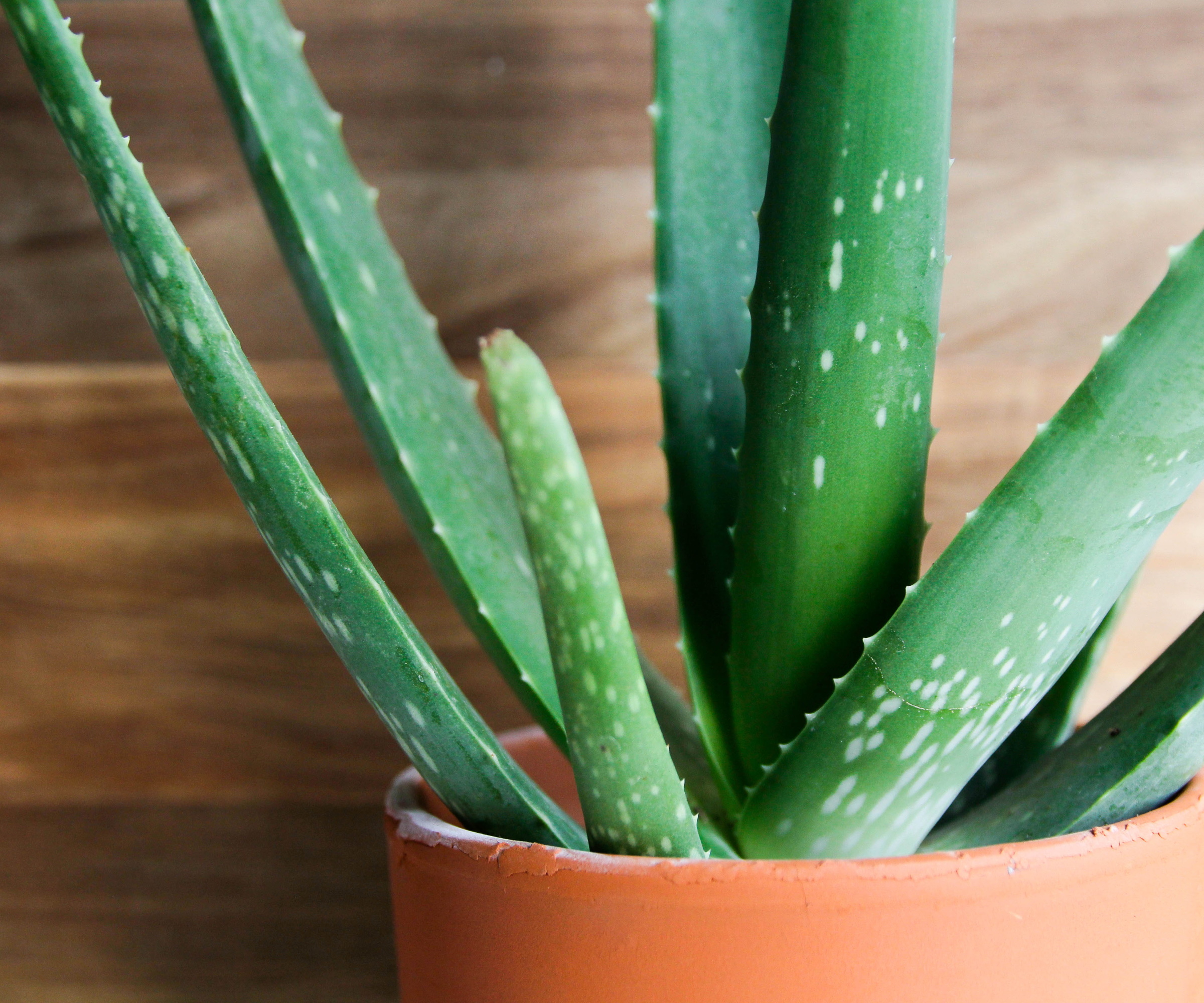
Of course, many types of indoor succulents can survive for decades, even becoming family heirloom plants. Aloe vera is one of these plants, typically lasting for 10-20 years.
They're easy going, not needing much attention other than the occasional watering. You might wish to prune aloe vera as it gets bigger, because their spikey leaves can become somewhat hazardous in your space.
Nevertheless, aloe plant care is highly rewarding. This is a houseplant with medicinal uses and lots of unexpected uses of aloe vera to explore.
You can purchase aloe vera plants from supermarkets and many retailers - including this aloe vera plant from Walmart.
9. Jade plant
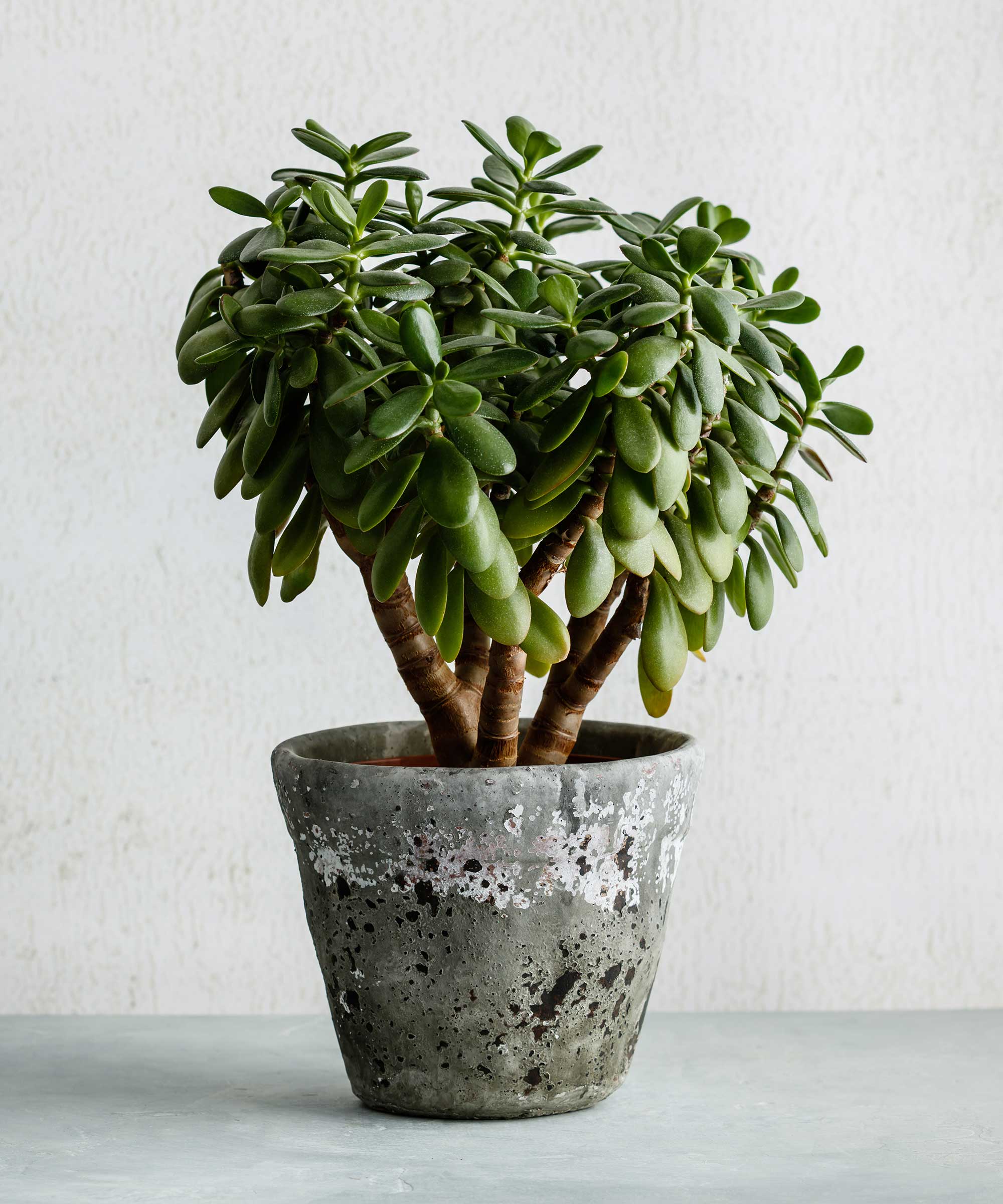
Of course, another reason you may be seeking the longest-living species is to find a lucky houseplant that will grant you good fortune for many years.
Caring for a jade plant is considered one of the luckiest things to do in the realm of houseplants. It's for this reason people often place jade plants in home offices, in accordance with Feng Shui.
They are succulent plants that live as long as 50 years in some cases. My jade plant started out small and has now grown a trunk, becoming more of a mini tree in my home.
For this reason, don't forget to repot jade plants as they grow larger, accommodating root and trunk growth.
'Its leaves and stems store water, so let the potting mix dry out almost completely before watering again,' Lisa advises.
'Full sun is the best place for it, or it will develop elongated branches, which will be weak and flop,' she adds.
FAQs
Do indoor plants last forever?
It is very unlikely an indoor plant will last forever, as they have a life cycle just like other living things and will eventually fade away. Plus, growing indoors out of their native habitat does limit plants to some extent. Nevertheless, with the right growing environment and proper care, many houseplants can last for decades at a time.
Just remember that the key to achieving longevity with these houseplants is providing optimal care. Otherwise, you'll see your houseplants decline in appearance and health. Likewise, it's sometimes best to avoid the hardest houseplants to keep alive to increase the likelihood of your plants lasting longer.
Sign up to the Homes & Gardens newsletter
Design expertise in your inbox – from inspiring decorating ideas and beautiful celebrity homes to practical gardening advice and shopping round-ups.

Tenielle is a Gardens News Writer at Homes & Gardens. She holds a qualification in MA Magazine Journalism and has over six years of journalistic experience. Before coming to Homes & Gardens, Tenielle was in the editorial department at the Royal Horticultural Society and worked on The Garden magazine. As our in-house houseplant expert, Tenielle writes on a range of solutions to houseplant problems, as well as other 'how to' guides, inspiring garden projects, and the latest gardening news. When she isn't writing, Tenielle can be found propagating her ever-growing collection of indoor plants, helping others overcome common houseplant pests and diseases, volunteering at a local gardening club, and attending gardening workshops, like a composting masterclass.
You must confirm your public display name before commenting
Please logout and then login again, you will then be prompted to enter your display name.
-
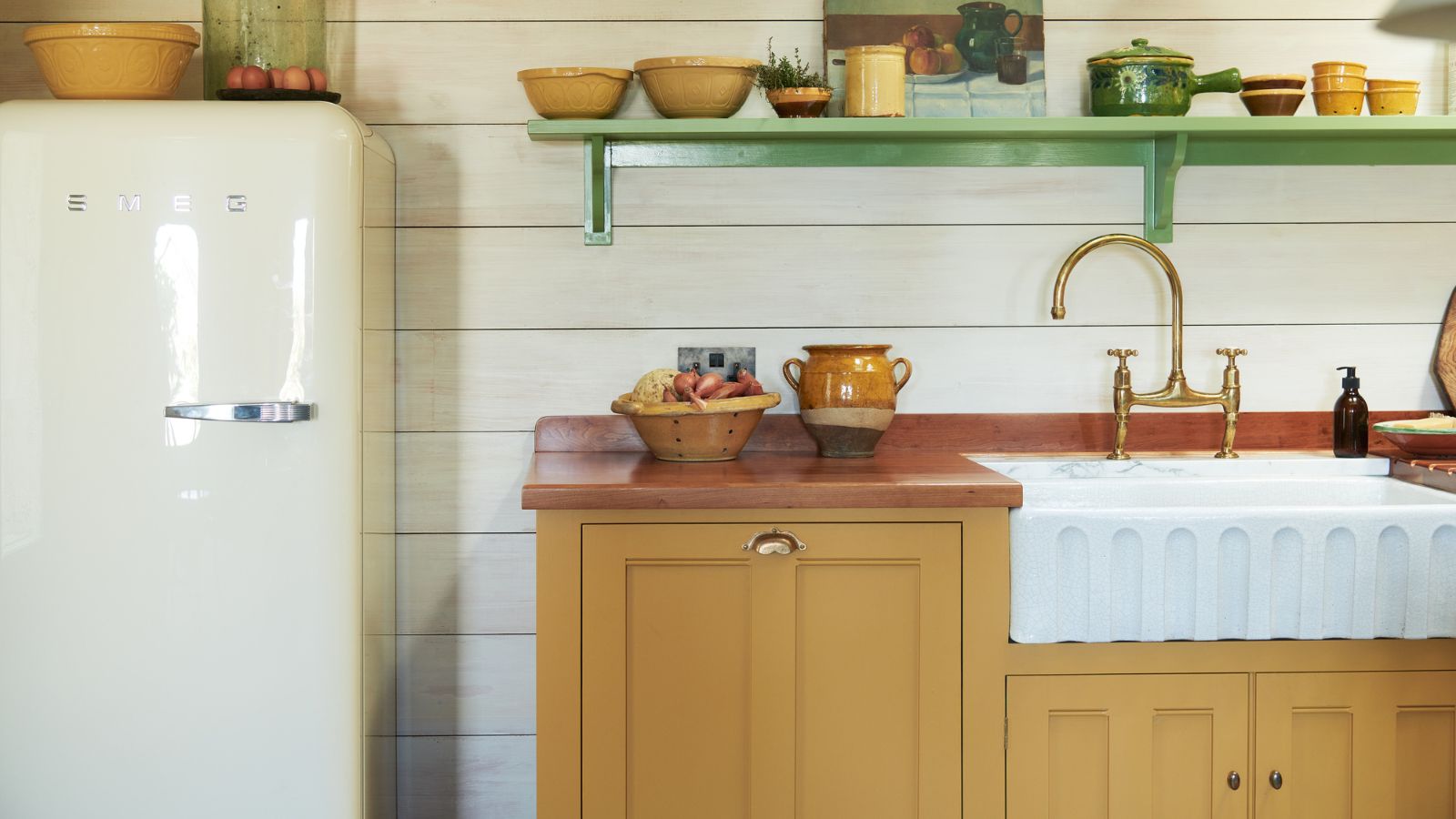 The 5 worst things you can do to your fridge – these will drive up energy costs and result in pricey and regrettable repairs
The 5 worst things you can do to your fridge – these will drive up energy costs and result in pricey and regrettable repairsIt's crucial to swerve these blunders, appliance experts warn
By Ottilie Blackhall Published
-
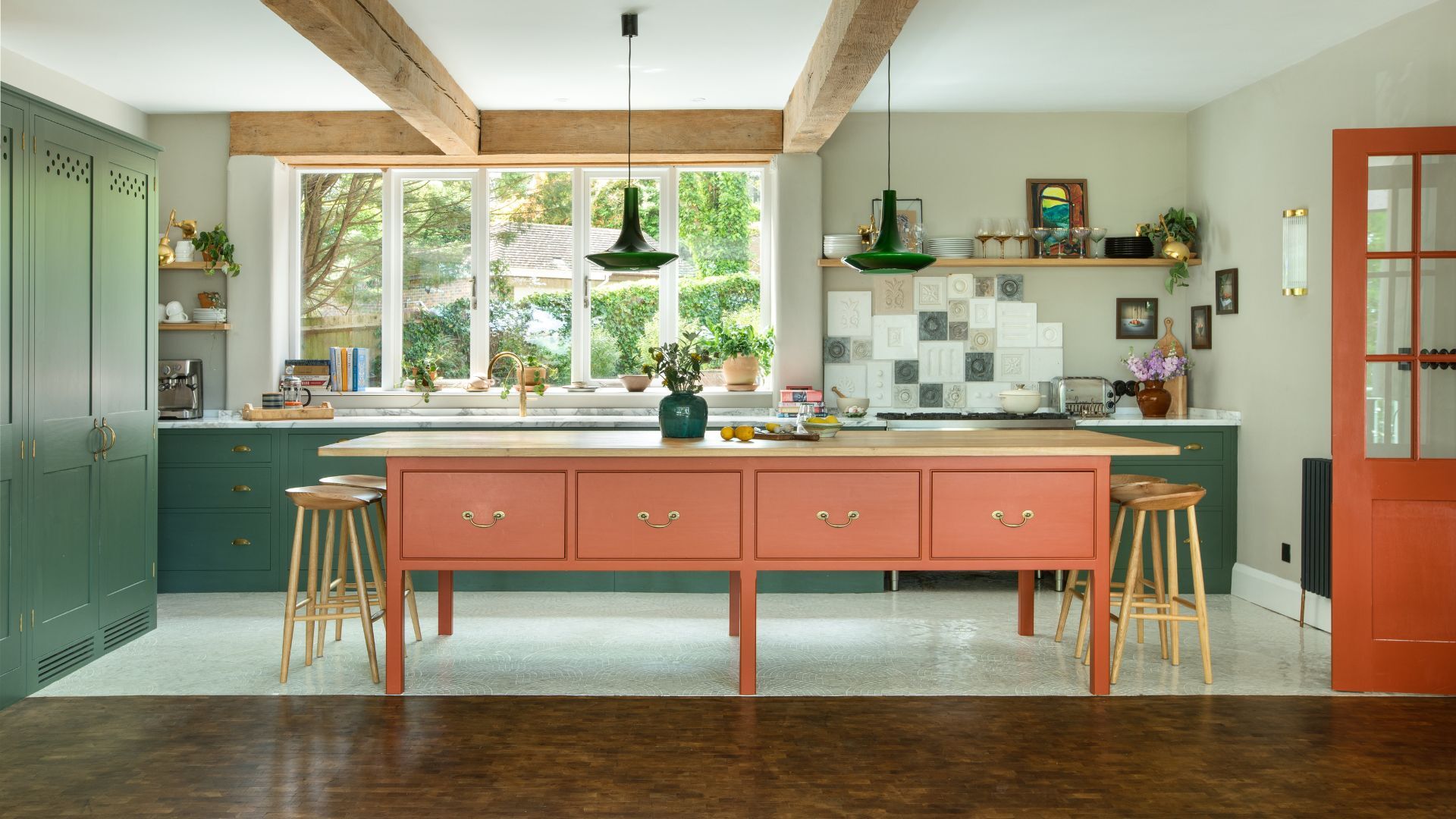 Orange and green is the bold color pairing quietly transforming homes in 2025 – here's 4 reasons why
Orange and green is the bold color pairing quietly transforming homes in 2025 – here's 4 reasons whyInterior designers are making the orange and green combination work wonders – this is how you can too
By Sophia Pouget de St Victor Published